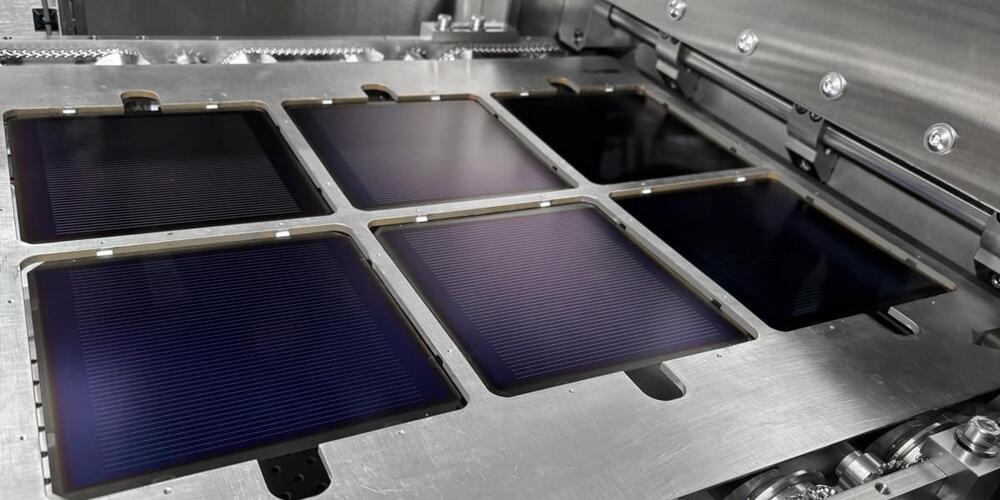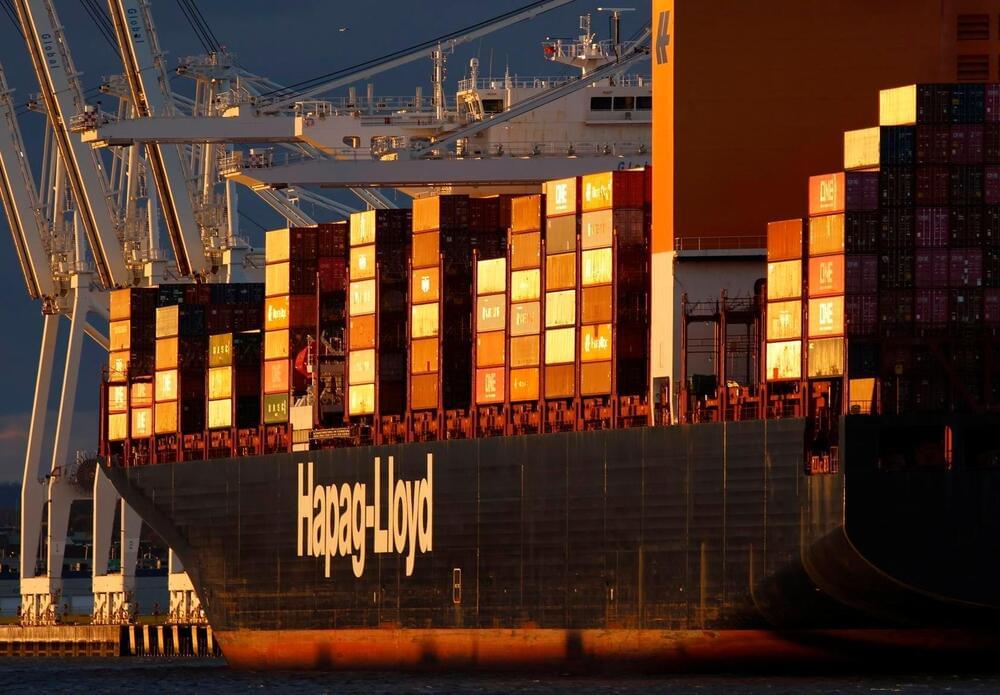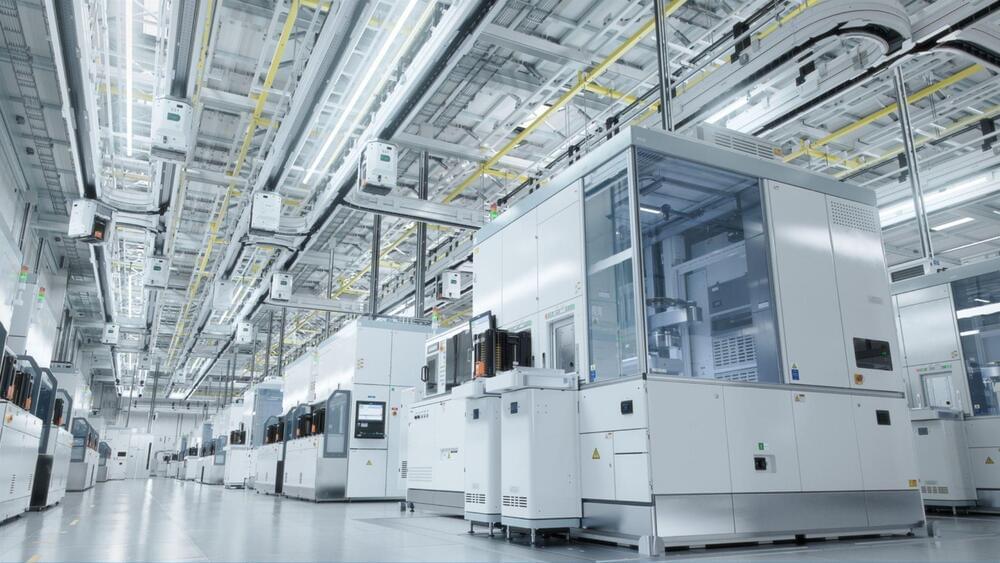Even cheap hardware can perform complex tasks, and AI is helping robots get smarter still.
Sophisticated robots don’t have to cost a fortune.
Even cheap hardware can perform complex tasks, and AI is helping robots get smarter still.
Sophisticated robots don’t have to cost a fortune.



Winter in the northern hemisphere is always a brutal reminder for the shipping industry that routing vessels efficiently is a big challenge. Winter storms bring low visibility conditions, freezing spray, and sea ice, all of which can lead to catastrophic results if not appropriately navigated, including lost cargo, damaged hulls and even potentially toppling a ship in the most extreme weather. But this January adds additional pressures to the sector with new and enacted regulations around greenhouse emissions and carbon usages. The beneficial news is that in both scenarios, weather intelligence can help those navigating the open seas better plan and safely and efficiently navigate these waters.
While most of us know that weather impacts nearly every aspect of shipping, we likely think of it in terms of safety of people and cargo. According to The Swedish Club 2020 loss prevention report, heavy weather is cited in half of all claims and contributes to 80% of the financial losses. Weather optimized routing uses real-time weather forecasts, oceanic data, and the vessel’s current position to keep captains at sea and voyage managers on land about changing conditions. If there is hazardous weather, most voyage routing algorithms can make numerous calculations in real time and provide one or more alternatives for a ship operator to optimize a route. While ultimately this may not be the most efficient route, it will likely be the safest route for current conditions.
Weather intelligence is also critical in evaluating, and potentially adjusting, greenhouse gas emissions based on vessel performance and fuel usage. The Carbon Intensity Indicator (CII) introduced in 2023 is a rating framework that evaluates how efficiently a ship transports goods or passengers from a carbon emissions standpoint. This is the first year that ships will be assigned a rating. The data from the previous year is used in an efficiency conversion ratio. Each ship is assigned an individual CII rating from A to E, with A being the best possible rank.

South Korea unveils a $473B plan for the world’s largest semiconductor hub by 2047, led by Samsung and SK Hynix, aiming for global chip dominance and 3M job creation.
South Korea’s $473B mega cluster vision! 🚀 Samsung & SK hynix spearhead the world’s largest semiconductor hub by 2047, creating 3M jobs!
To combat the issue of space debris, Australia’s EOS Space and Japan’s EX-Fusion will develop a laser system to remove it from Earth’s orbit.
EX-Fusion, a startup based in Osaka, is attempting to remove tiny pieces of space debris by firing laser beams from the ground.




Unravel the mysteries of quantum mechanics with a pioneering experiment rolling through a curvy ramp in the dark and pushing the boundaries of our understanding.
An experiment proposed by physicists to unlock macroscopic quantum secrets in complete darkness. Explore the potential of quantum superposition.